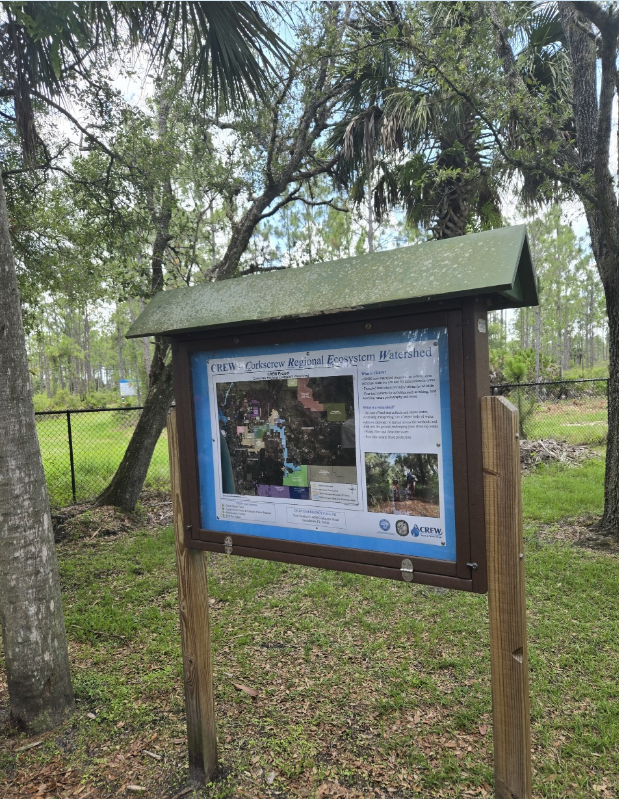Journal 8 - Post- Class Conceptions

My Experiences & Me My experiences throughout this course have taught me a lot, while I cannot say my opinions, beliefs, or ways of life will change as a result of this course, I am undoubtedly much more educated on sustainability than I was previously. In my first journal, I stated, "It was truly interesting to think about the different perspectives all of us students had and how the course is intended to be a place for free discussion amongst students". I believe this still holds true, as this course undoubtedly connected all sorts of people from different backgrounds, which enabled us to foster many unique opinions. The field trip around campus, in particular, taught me a lot about what can be done at the local level and inspired me to move forward with a sustainable lifestyle. These field trips we took taught me a lot about how sustainability is something we can work toward right now, and that a lot of efforts are being taken near me. (Matthew Magrone) My Change in Ec...




